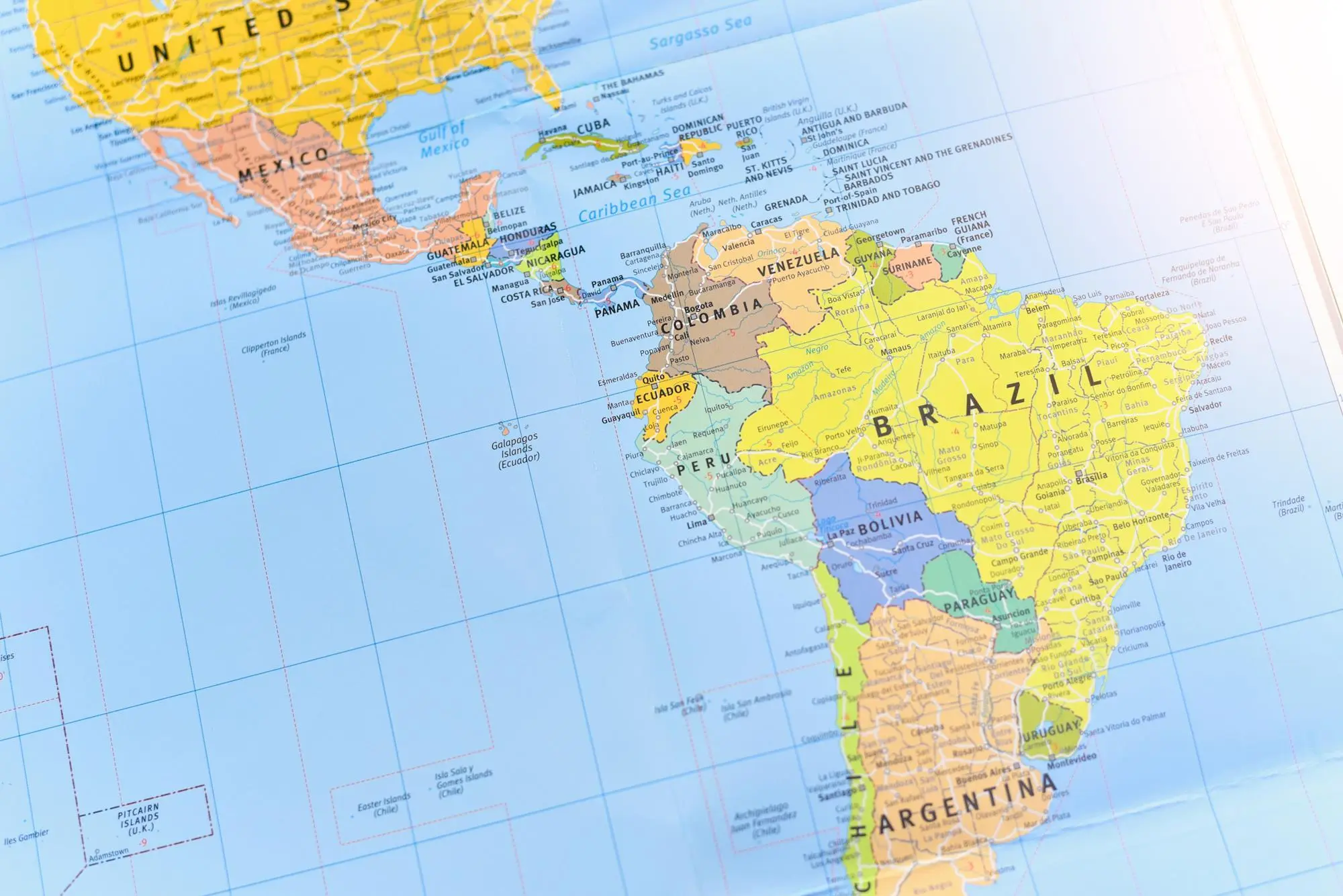In 2023, companies worldwide faced a global default risk that slightly exceeded level 2, categorizing it as Medium Risk, according to standardized risk assessment metrics.
Remarkably, this figure stayed consistent with the previous year and nearly mirrored the data from 2019, as reported by Allianz Trade’s Country Risk Atlas.
Significantly, Roberta Fortes, a senior economist at Allianz Trade, reveals that Latin America’s country risk escalated from 2.45 in 2019 to 2.75 in 2023.
Consequently, this surge signals an elevated default risk compared to the times before the pandemic struck.
Notably, factors like inflation and declining external balances have majorly influenced this uptick.
Furthermore, Brazil’s fiscal health has seen a downturn, with its debt-to-GDP ratio soaring to about 90%, well above the 60% benchmark for emerging markets.

In a pivotal move in 2023, Allianz Trade adjusted the risk ratings for 21 countries, impacting nearly 19% of global GDP.
They enhanced most ratings and downgraded just four, marking a distinct departure from 2022’s more pessimistic adjustments.
Country Risk Classification by Allianz Trade
The Country Risk Classification by Allianz Trade meticulously evaluates economic, political, and business risks.
This crucial assessment supports economic agents, particularly foreign investors and exporters, in navigating their decision-making processes more effectively.
Against initial forecasts, global FDI experienced a 3% increase to $1.37 trillion in 2023, as documented by UNCTAD.
Impressively, Latin America and the Caribbean maintained stable FDI levels, buoyed by significant gains in Central America and a notable 21% surge in Mexico.
Brazil, however, saw a considerable decline in the same period. Risk assessments across regions show considerable variation.
Africa’s risk rating stands above 3 (Sensitive), whereas Latin America, the Middle East, and Eastern Europe (including Russia) slightly fall below this threshold.
Meanwhile, the Asia-Pacific region marginally exceeds 2 (Medium), and Western Europe and North America edge closer to 1 (Low).
Uruguay stands out in Latin America as a low-risk market (BB1), thanks to its robust democracy, significant foreign reserves, and consistent FDI inflows.
Chile and Mexico, with medium risks (BB2), encounter challenges of potential policy-induced cost rises and market volatility influenced by domestic politics and external factors such as the U.S.
Brazil, the continent’s heavyweight, contends with sensitive risk (B2), burdened by global commodity price sensitivities and fiscal dilemmas.
Brazil contends with sensitive risk
High-risk category countries (D4), including Venezuela, Ecuador, Bolivia, and Argentina, face unique challenges, with Argentina specifically battling high inflation and political instability.
Fortes emphasizes that countries facing crises, such as Argentina, exacerbate the overall global country risk.
Moreover, she points out that social unrest and political risks, highlighted by recent events across the region, will play a critical role in shaping the trajectory of country risk moving forward.
Allianz Trade identifies key risk factors for 2024:
- high debt and interest rates,
- subdued growth impacting profits,
- an 8% uptick in corporate insolvencies,
- global supply chain shifts, and
- intensified geopolitics in an election-heavy year.
These considerations underscore the complex interplay of risks and opportunities in Latin America for discerning investors.

